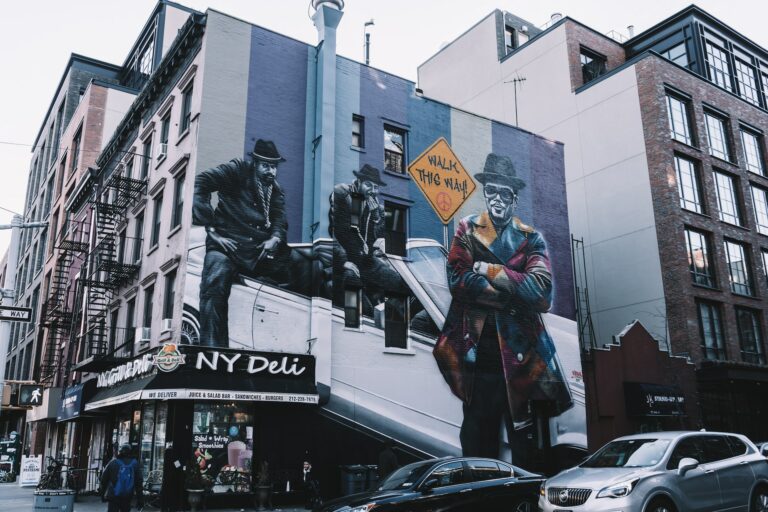In my previous post, I shared a study conducted by MIT that investigates the dynamics of song popularity and quality. In the study, researchers noticed songs became more popular due to the effect of information cascades. An information cascade occurs when a person makes a decision based solely on the decisions of other people. This occurs in social networks when information cascades affect the popularity of a song, even if the song is not considered high quality.
Today, I’ll take a deeper dive into the concept of virality and information cascades and how they influence adoption of a new track.
The concepts on virality in this post are attributed to two professors from Cornell, David Easley and Jon Kleinberg, based on their book: Networks, Crowds, and Markets: Reasoning about a Highly Connected World. I am summarizing a chapter on some of their findings.
Virality and information cascades are processes that describe how ideas, behaviors, or products spread through a social group. An information cascade occurs when individuals make decisions based on the actions of others (imitation), leading to a chain reaction or domino effect. If these decisions or actions spread quickly and widely, we can say that the idea, behavior, or content has “gone viral.”
In social science, there are two theories on what motivate people to imitate the behavior of others: informational effects, where the choices made by others provide indirect information about what they know; and direct-benefit effects, where there are direct payoffs from copying the decisions of others. In the context of music, the latter could be the shared experience and connection that comes from enjoying the same music as your friends.
The spread of a new song can be analyzed as a coordination game played out on a social network. In this game, the payoff for an individual (say, a music listener) increases as more of their social network neighbors (friends, family, or influencers they follow) adopt or endorse a new song or artist.
For example, let’s consider two songs, an R&B song and a Pop song. The R&B track is by an emerging artist, while the Pop song is by a well-known artist. A listener will switch from Pop to R&B if a certain proportion (the ‘threshold’) of their friends are already listening to R&B. This threshold is calculated based on the perceived ‘value’ or ‘payoff’ of listening to each song. The more friends listening to R&B, the greater the ‘payoff’ for the listener to also listen to R&B.
If a set of early adopters starts listening to the R&B song, their friends might also start listening to it. Next, the friends of these friends might start listening, and so on. This can lead to a cascade of adoption where the new song spreads throughout the network of listeners.
If this cascade results in everyone eventually switching from the Pop to R&B track, it becomes a complete cascade. However, if the cascade stops, while there are still some listeners sticking with Pop, we have a partial cascade. The nature of the cascade (complete or partial) depends on the network structure, the initial adopters, and the perceived value of adopting the song.
Communities with many connections (dense clusters) can slow down or even stop a cascade. If a new song becomes popular (a cascade), but it’s not the type of music that the core cluster of listeners likes, that group probably won’t start listening to it. That means the song’s cascade stops when it gets to that cluster.
Indicators of emerging cascades can often be detected within the initial hours or days following a release. A crucial signal is when the first set of early adopters are linked to expansive networks that are not connected to the primary cluster of initial enthusiasts. In such cases, the cascade is more likely to expand in size.
Algorithms are also known to play a role in penetrating dense clusters or recommending a song to the wrong cluster. Yet, most platforms still don’t know how viral content will spread through a network, hence misinformation and fake news is a hard problem to solve.
TikTok is an exception here because the algorithm recommends content that is proven to be engaging for users. You see content from users you do and don’t follow. This breaks away from the norm of traditional social networks like Instagram and Twitter.
Information cascades and recommendation algorithms will be a topic I examine in a future newsletter.
My key takeaways are: A) Identifying a set of diverse early adopters that are not connected to your core group is very important at the beginning of marketing music. B) Influencers with high followers might increase the spread of your music but are also prone to be connected to dense clusters that can stop the spread at a faster rate.
Unbias is building an AI product with marketing capabilities. Join our waitlist here to get early access.




